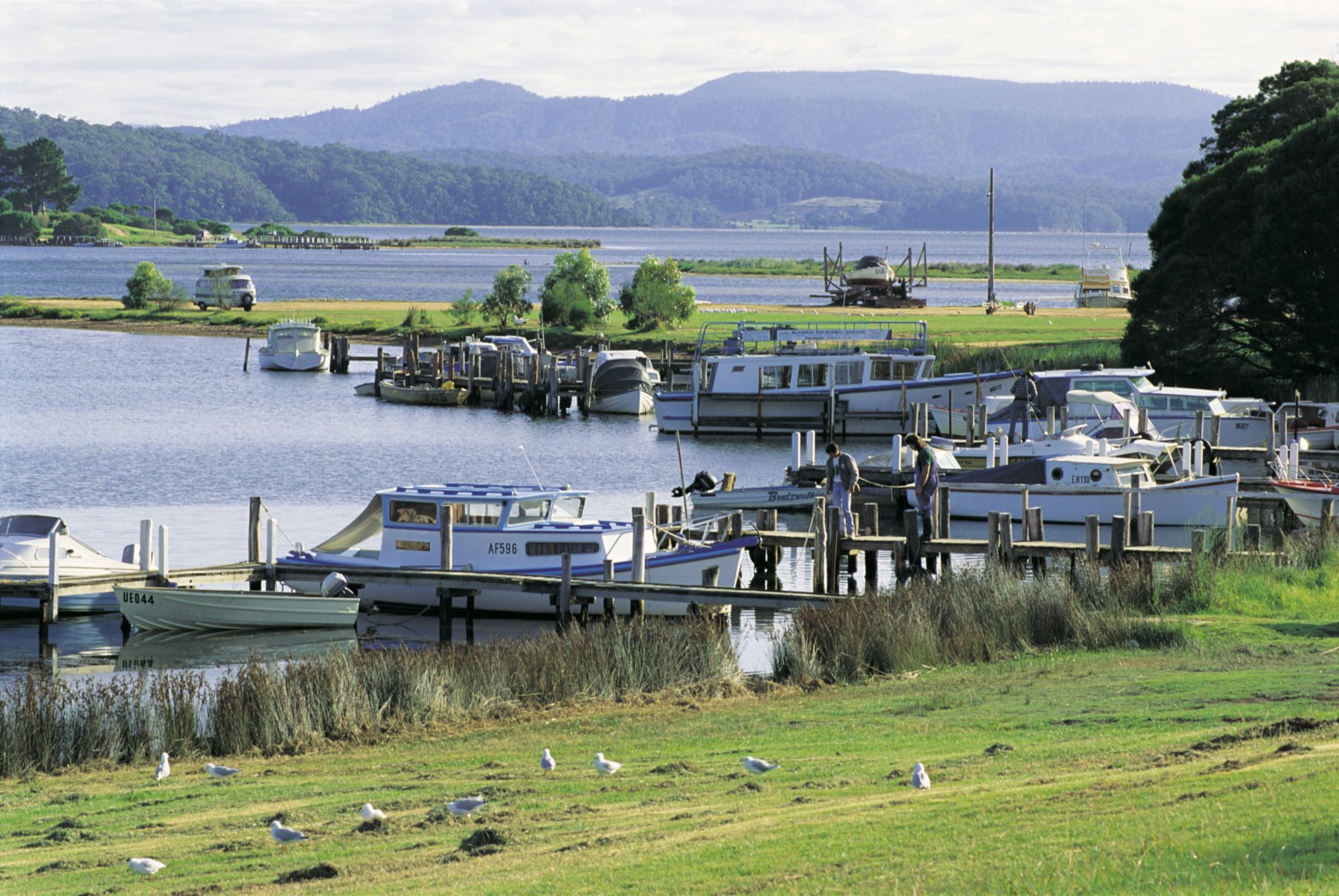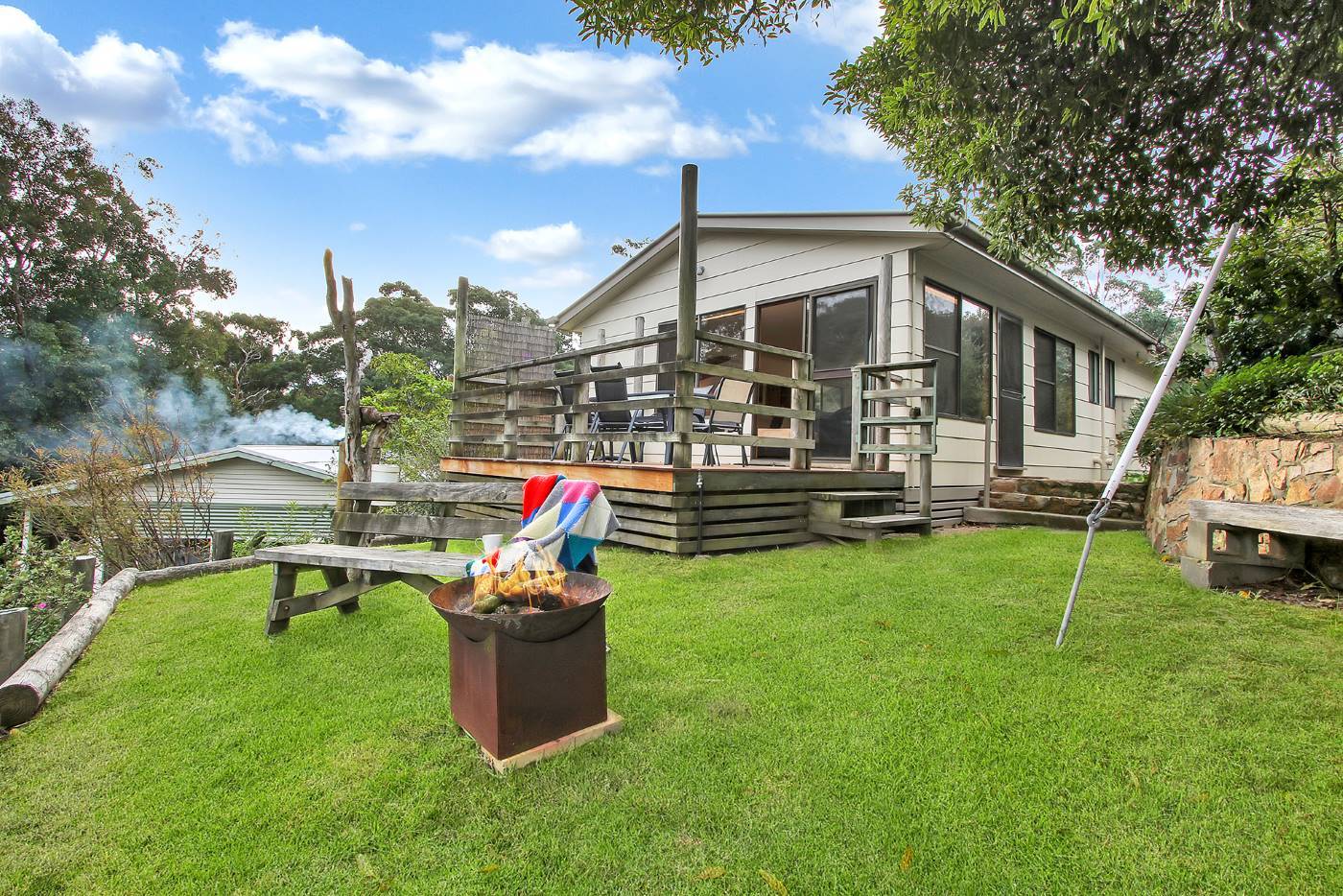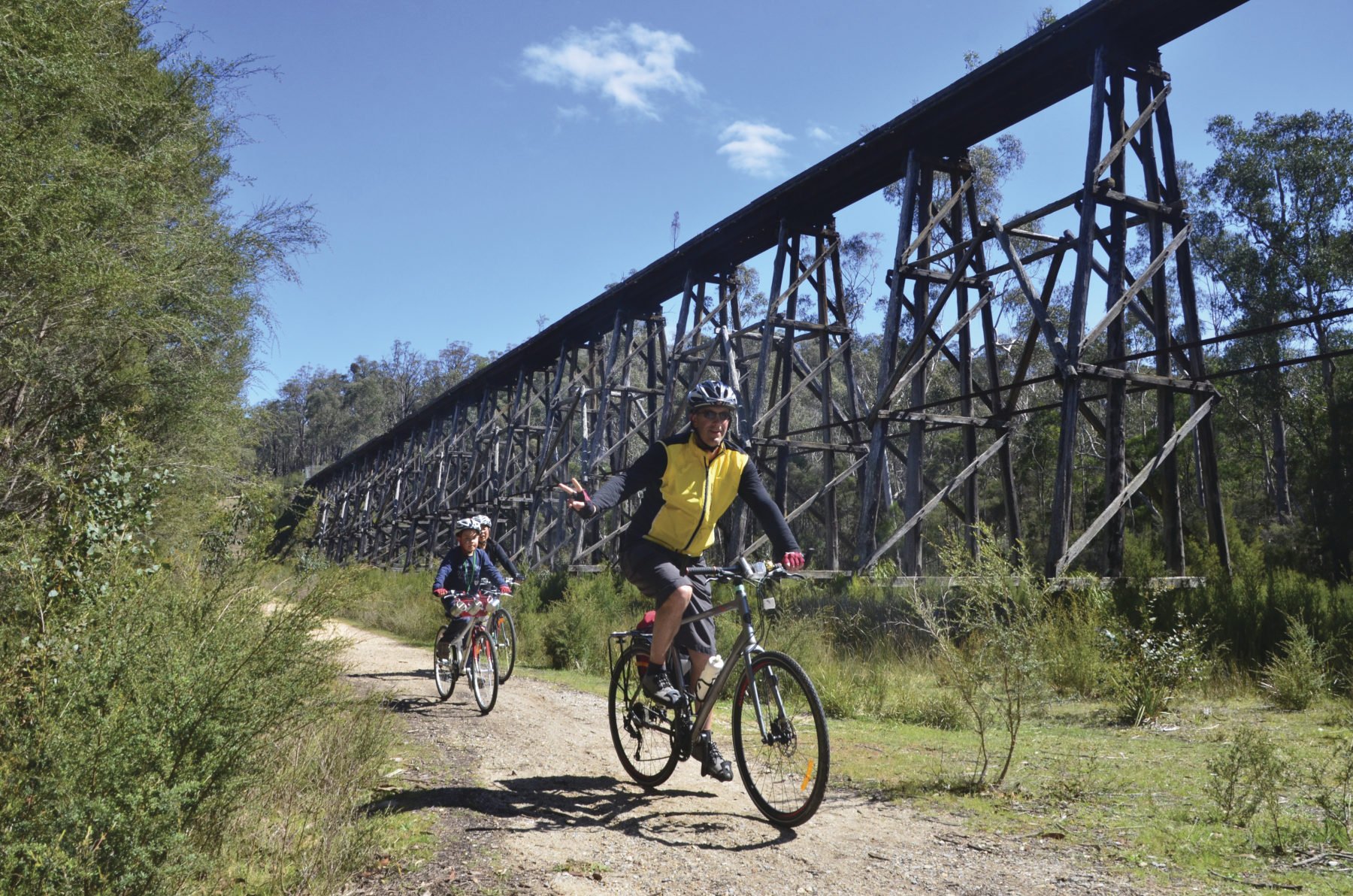A guide to East Gippsland

It was a summer no-one in East Gippsland will forget.
The bushfire crisis of the 2019–2020 summer was East Gippsland’s largest natural disaster. The region’s entire population of almost 47,000 residents – plus thousands of tourists – were directly or indirectly impacted. The road to recovery is largely being paved by the strength of local community groups. Here are some of their stories.
MALLACOOTA
Apocalyptic images of people forced to shelter on the beach under blazing red skies circulated around the globe and put Mallacoota in the spotlight during the bushfire disaster. The small coastal town lost 120 houses along with many commercial buildings and other infrastructure.
Grant Cockburn, president of the Mallacoota & District Business & Tourist Association and owner of Mallacoota Hireboats, has been active in the town’s recovery. “Our initial focus was to boost morale, regain some normality and restore important assets that the locals enjoy,” Grant says.
With the help of visiting television crews and the Lions Club, everything from a new chicken coop for the local school, through to boardwalks, picnic facilities and jetties have been restored.
Before the fire destroyed it, the Abalone Fishermen’s Co-operative employed eight permanent and 40 casual staff and had an annual turnover of $15 million. It’s the town’s biggest employer, so rebuilding it (and expanding its capabilities to include becoming a processing plant for invasive sea urchins, a local pest) is a priority.

BUCHAN
On 30 December 2019, fire swept through Buchan Caves Reserve, home to one of Australia’s most spectacular cave systems. It destroyed everything but the Visitor Centre.
Once the caves were deemed safe, the immediate focus was to fix all the fuse boxes, wiring, lighting and phone lines that run through them, before road and walking- track clearing was undertaken.
NOWA NOWA and WAIREWA
Sandra and Greg Huggins, owners of the Nowa Nowa General Store, kept their doors open to act as a base and food centre for emergency crews and locals.
They were eventually evacuated, but since returning, they have set up a pay-it-forward scheme to provide fire-affected residents with free food, fuel and supplies.
The ripple effect of the pay-it-forward idea has had a powerful and positive impact on the local community, allowing people to rebuild and try to return to their pre-fire lives, whether that’s in the form of restocking their farms, or something as simple as being able to replace burnt trees with young seedlings that signal hope for a fresh start and brighter, happier future.
SARSFIELD
The small farming district of Sarsfield, located about 20km north-east of Bairnsdale, was devastated when the fires hit, losing 65 homes. Many more properties lost fences, sheds and livestock. Eventually, the fire stopped about 100m from the Sarsfield Recreation Reserve (SRR) and community hall.
The hall has since become an unofficial meeting place and support hub for residents. Jo Andrews is one of many who have volunteered their time to help the badly affected community. She and other volunteers have provided more than 100 relief packages to fire-affected homes and have organised community events to support people through their recovery. For the first three weeks after the fire, the hall was open every day and then the SRR committee began hosting weekly Friday Night Feeds, where all food is provided and cooked by local businesses and community groups.
WILDLIFE AND ENVIRONMENT
More than 15,000sq.km of land was burnt during the fire season, threatening the survival of many native plants and animals. The Department of Environment, Land, Water and Planning, along with Parks Victoria and other conservation specialists, is working to understand the impact of the fires and lead the biodiversity recovery plan.
This recovery plan has included reconnaissance flights over eastern Victoria to identify 18 sites of importance for wildlife, threatened species and vulnerable habitats, with researchers finding a land of contrasts. Some areas were decimated by the fire, and others show heartening patches of green in a burnt-out landscape. These areas are the focus of native fauna and flora rehabilitation plans.
STRENGTH IN COMMUNITY
For a region so devastated, there is incredible resilience in the East Gippsland community. This is shown in the pay-it-forward innovation, plus the attention to ensuring businesses that provide jobs are back up and running as quickly as possible. Add in a collective determination to support projects that will see the region’s wildlife and environment rejuvenated and it won’t be long until East Gippsland can once more do what it does best: welcome visitors to one of Victoria’s most spectacular regions.

STAY
Overlooking the pristine waters of Lake King, this retreat at Nungurner (below) offers four furnished cabins. It is situated between Metung and the bustling tourist hub of Lakes Entrance. A path leads from your cabin down to the water’s edge, where you can jump in a kayak and explore the lake (and perhaps spot the resident Burrunan dolphins), or just sit on the jetty and while away a few hours in utter tranquillity.
EAT
With access to incredibly fresh seafood, courtesy of the Lakes Entrance fishing fleet right next door, Sodafish floating restaurant (a converted island ferry) on Middle Boat Harbour, Lakes Entrance, offers everything from the ubiquitous fish and chips to unique recipes, all using the local sustainable seafood. You can also accompany your meals with local wines.

RIDE
The 96km East Gippsland Rail Trail links Bairnsdale, just west of Lakes Entrance, to Newmerella, near Orbost. It travels through a number of small towns, including Bruthen and Nowa Nowa, and is suitable for beginners and children. It can be ridden as a series of short day rides, or an overnight experience, and takes riders through forests, small villages, over old trestle bridges, and alongside pretty waterways.
visiteastgippsland.com.au/east-gippsland-rail-trail
GO WILD
Jump aboard MV Loch-Ard, a historic timber ferry built in Melbourne using Tasmanian Huon pine and kauri in the early 1900s, and explore the pristine Mallacoota Inlet with guide Dale Winward. There are birdwatching, twilight and other cruises, plus Dale offers bushwalker shuttle services.




